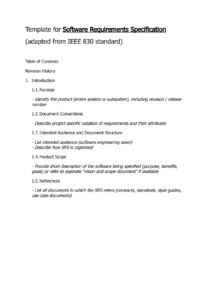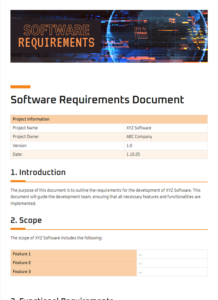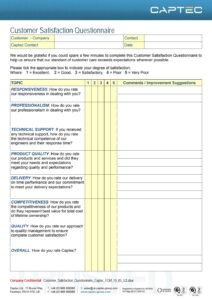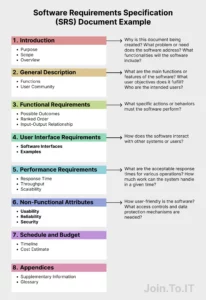When working in the systems engineering domain, it’s crucial to follow industry standards and utilize appropriate templates to ensure effective communication and successful project outcomes. One such standard widely recognized in the field is the IEEE System Requirements Specification (SRS) template.
The IEEE SRS template offers a structured framework for capturing, documenting, and communicating the system’s functional and non-functional requirements. It provides a common language and format for stakeholders, including engineers, product managers, and end-users, to understand and align on the system’s expected behavior and constraints.
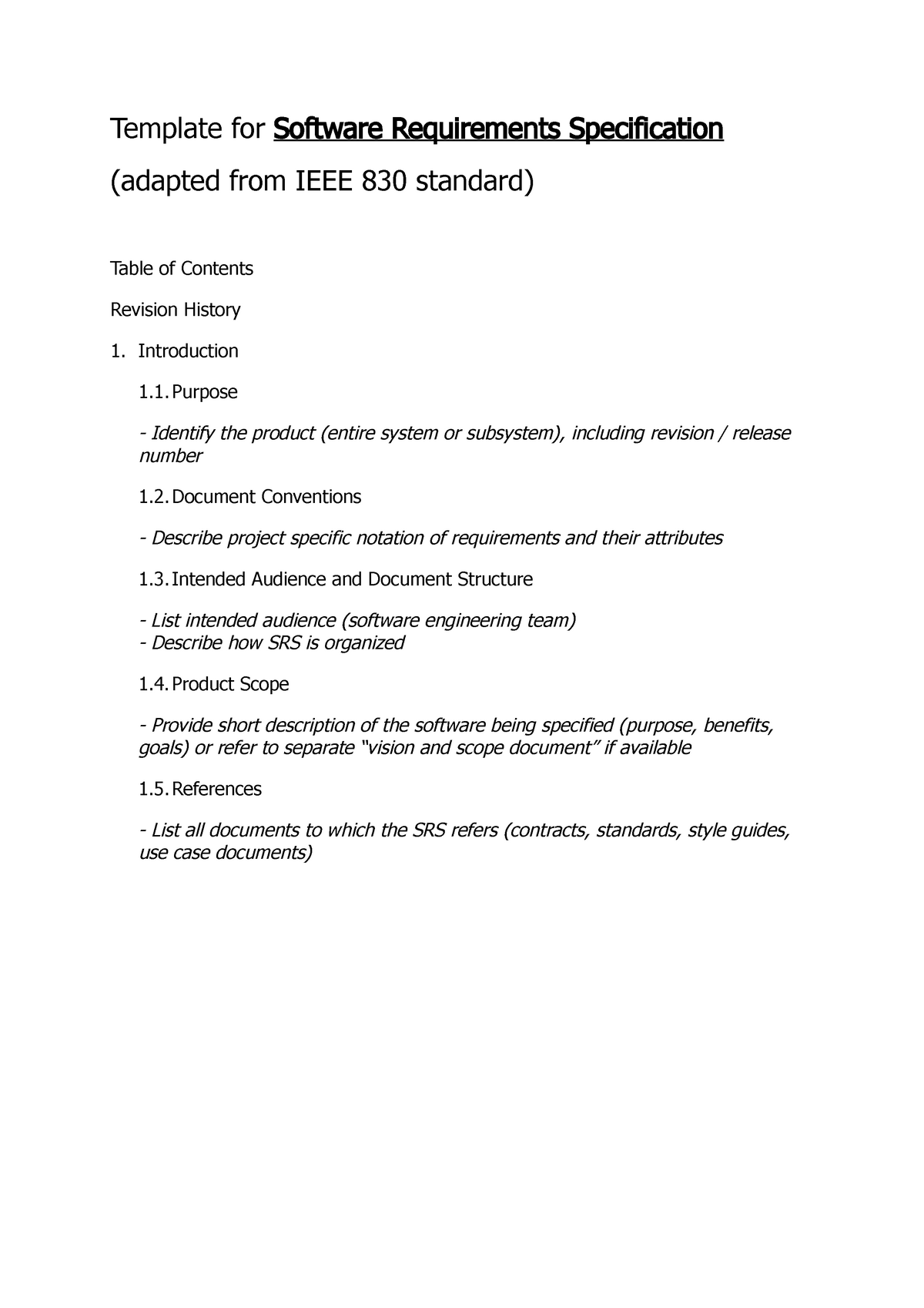
Benefits of Using IEEE System Requirements Specification Template
The benefits of using the IEEE SRS template are numerous. It promotes clarity and precision in requirements definition, reducing ambiguity and misinterpretations. By following a standardized format, the template facilitates efficient communication and collaboration among project stakeholders, ensuring everyone is on the same page.
The IEEE SRS template eases traceability throughout the development lifecycle. It allows for the linking of requirements to design specifications, test cases, and other project artifacts. This traceability enables impact analysis, change management, and verification and validation activities.
Furthermore, the template enhances project quality by providing a structured approach to requirements gathering, analysis, and documentation. It helps identify and address potential issues early in the development process, reducing the likelihood of costly rework or project failures.
By adhering to the IEEE SRS template, organizations demonstrate their commitment to best practices in systems engineering. It signifies a professional approach to requirements management and instills confidence in stakeholders that the project is being executed with rigor and transparency.
Structure and Content of IEEE System Requirements Specification Template
The IEEE SRS template consists of several mandatory and optional sections. The mandatory sections include:
- Introduction: Provides an overview of the SRS, its purpose, and scope.
- System Overview: Describes the system’s purpose, context, and key characteristics.
- Functional Requirements: Specifies the system’s functionality in terms of inputs, outputs, and behavior.
- Non-Functional Requirements: Defines the system’s performance, reliability, security, and other non-functional attributes.
- Design Constraints: Documents any limitations or constraints that must be considered during system design and implementation.
- Glossary: Provides definitions for key terms and concepts used in the SRS.
Optional sections may include:
- Appendices: Provides additional supporting information or details that may not fit into the main sections.
- Index: Facilitates easy navigation and retrieval of specific requirements within the SRS.
Conclusion
The IEEE System Requirements Specification template is an essential tool for effectively capturing, documenting, and communicating system requirements. Its structured format and standardized language promote clarity, facilitate collaboration, enhance project quality, and demonstrate adherence to best practices in systems engineering.
By adopting the IEEE SRS template, organizations can streamline their requirements management process, reduce ambiguity, improve communication, and ultimately deliver high-quality systems that meet stakeholder expectations.
